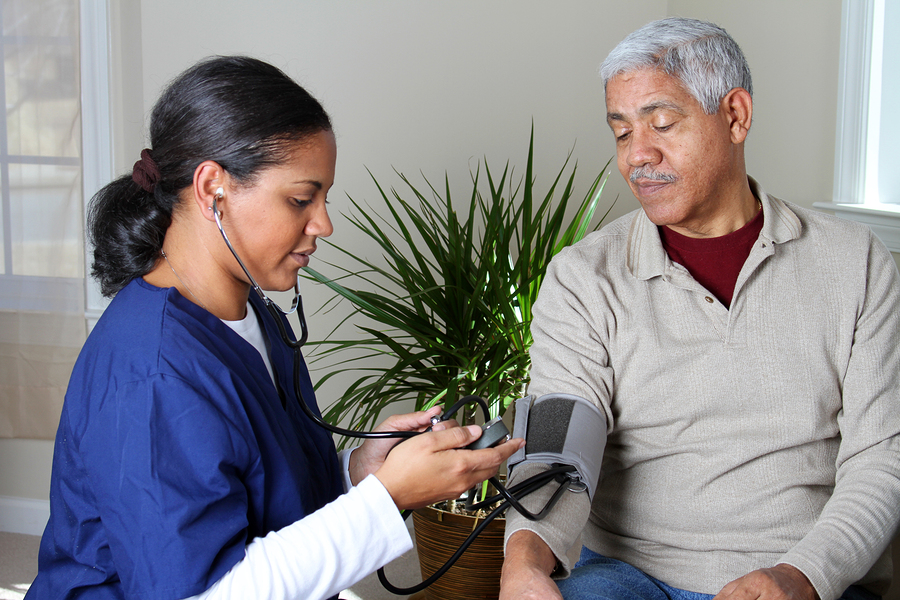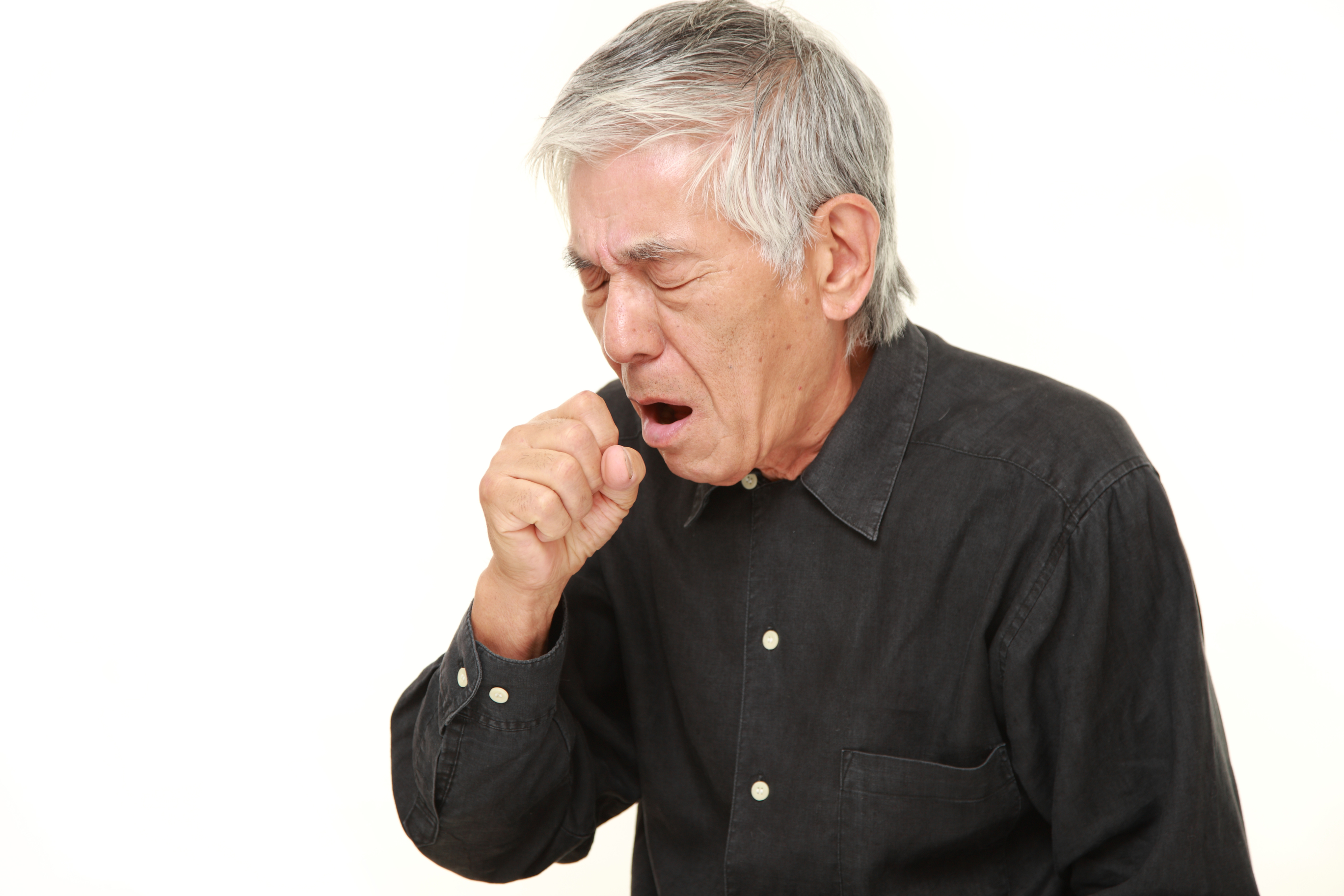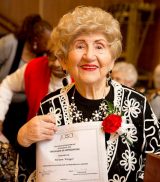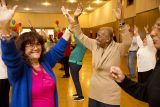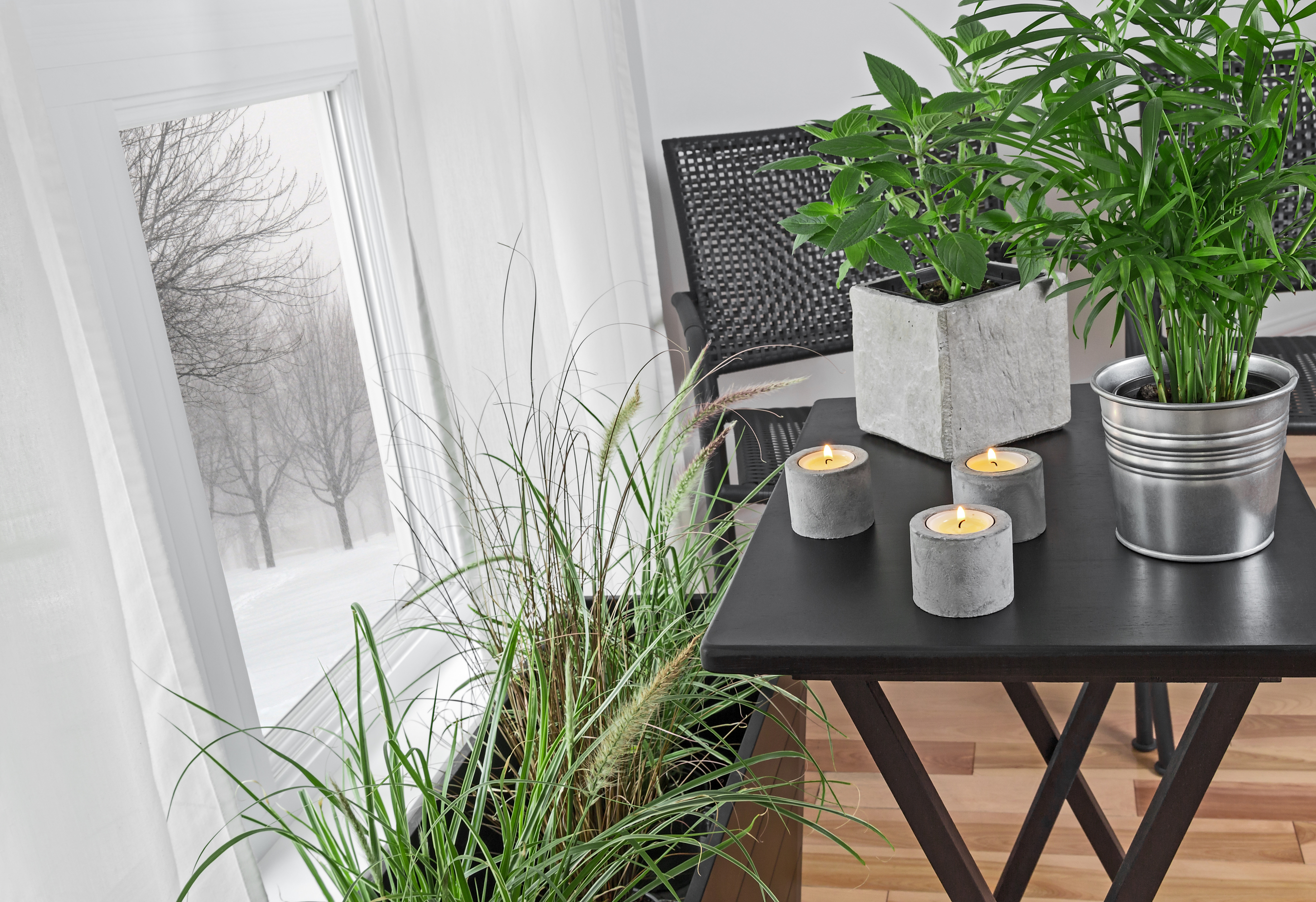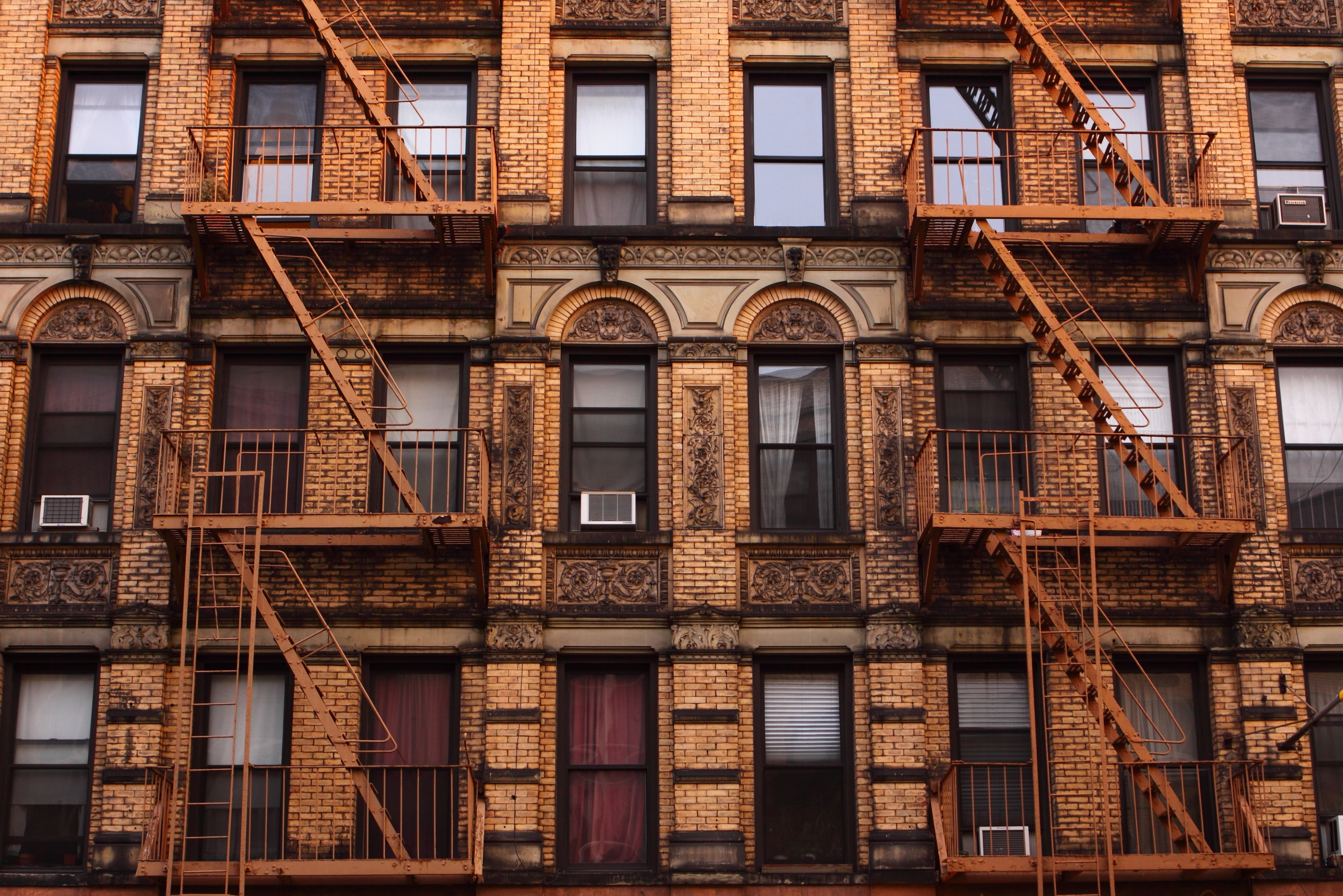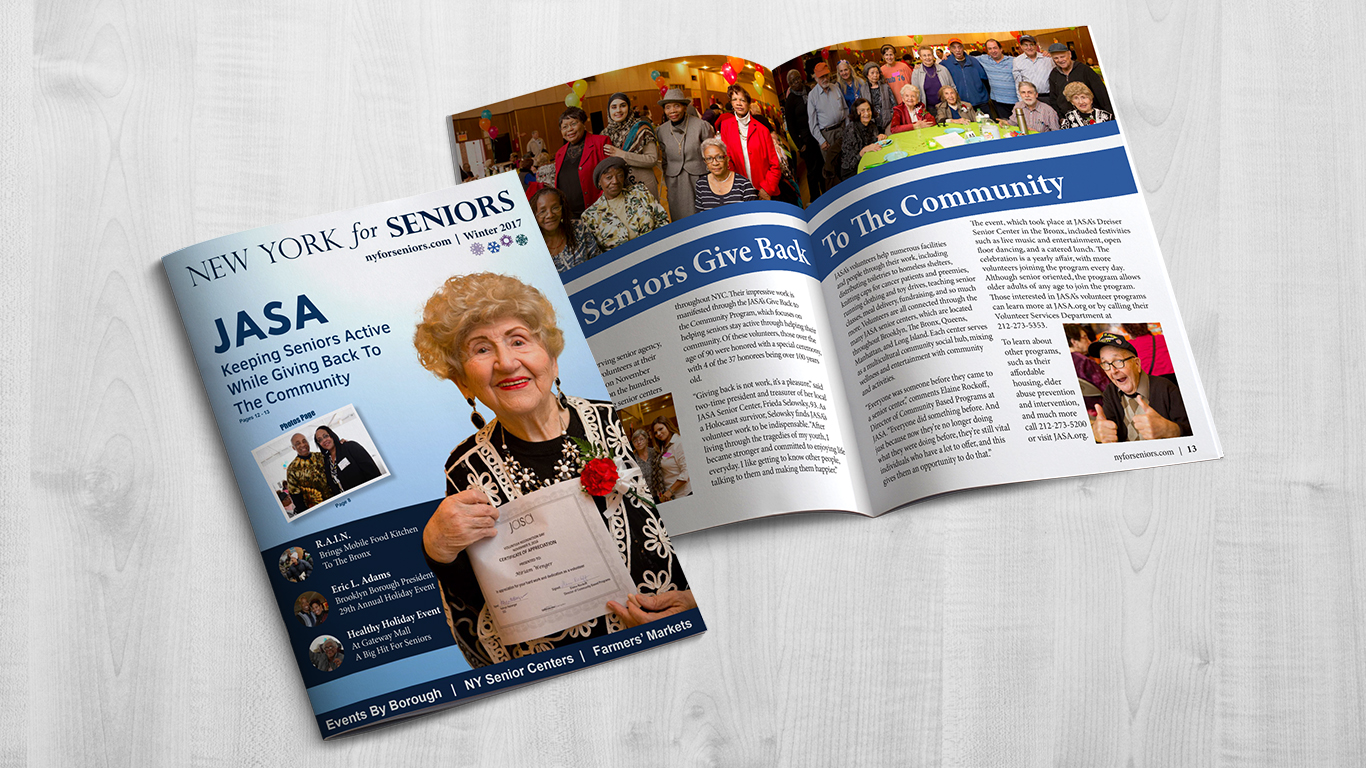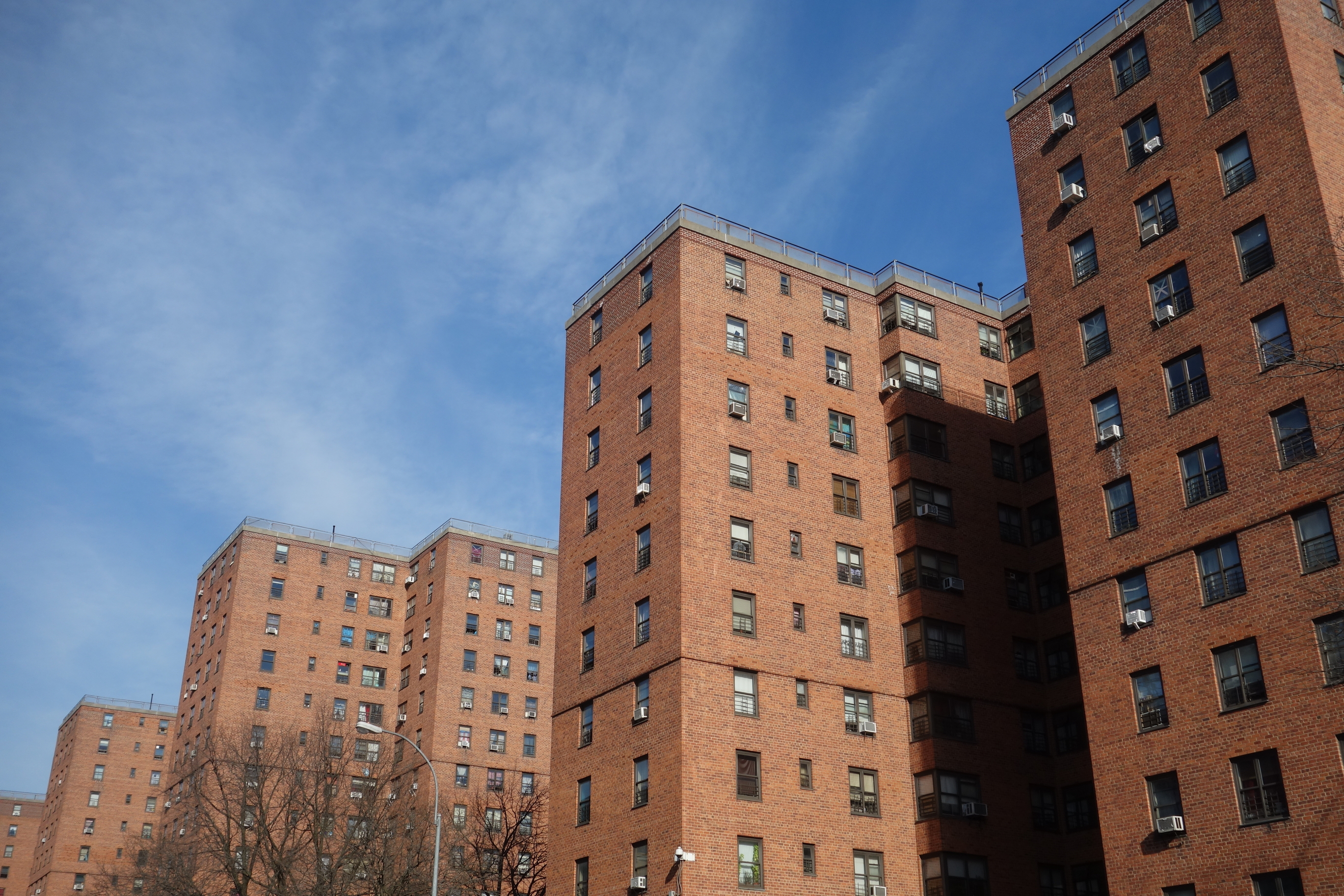NYC’s Senior Population Surges; Comptroller Stringer Releases New Report And Calls For Strategic City Planning
Original Media Source – NYCNewswire.com
Recently, New York City Comptroller Scott M. Stringer called on the City to launch an agency-by-agency, neighborhood-by-neighborhood approach to serving its seniors. Unveiling a new a report – entitled “Aging with Dignity: A Blueprint for Serving NYC’s Growing Senior Population” – the Comptroller highlighted current challenges and the need for additional support for New York City’s senior population now and in the future. While calling for the city to perform long-term, comprehensive planning, the blueprint lays out specific proposals that will be necessary to better serve New Yorkers aged 65 and older.
“We need to act today – not tomorrow. Seniors are the anchors of our communities, and we must ensure they have the support they deserve. We need to have an all-hands-on-deck approach, from every City agency, because this is too important. As we face significant demographic changes, we need to reimagine how we support our current and future seniors,” New York City Comptroller Scott M. Stringer said. “We hope these specific ideas and this blueprint will jumpstart a long-term conversation in the City — and help develop a long-term strategy — about how to deliver for New Yorkers for decades to come. Our approach should help more New Yorkers stay in their homes and age in place — it’s cheaper, it’s smarter, it allows New Yorkers to remain involved in their communities. Most importantly, it’s the right thing to do, and now is the time to act.”
Currently, New York City’s seniors face affordability, transit, housing and other obstacles. As the City’s population ages, so too does the urgency for holistic planning:
A Rising Population
- From 2005 to 2015, the number of New Yorkers over 65 years old surged by 19.2 percent. That is more than triple the rate of growth for the population under age 65.
- The number of New Yorkers aged 65 and older has grown in each borough over the last ten years, with the population growing fastest in Staten Island and the Bronx.
- By 2040, city planners expect there will be 1.4 million older adults living in New York City – an increase of hundreds of thousands of people from today.
- Yet, currently, the Department for the Aging’s budget is just 0.4 percent of total City expenditures – equivalent to about $300 per New Yorker over the age of 65.
- That’s while New York City senior centers—visited by over 29,680 seniors daily—served over 160,000 New Yorkers in FY16.
Affordability
- Over 40 percent of senior-headed households depend on government programs for more than half their income, with Social Security benefits comprising more than half of incomes for 397,000 senior-headed households.
- Six out of 10 senior renters spend more than 30 percent of their income on rent – a significantly higher percentage than the general population.
Accessibility and Transit
- More than 35 percent of seniors in NYC are living with a disability that can impair their mobility. Yet, data show that 61 percent of residential units in NYC do not have a wheelchair accessible entrance and 68 percent of housing units are not accessible from the sidewalk without the use of stairs.
- Adults over 65 – despite being 13 percent of the City’s population – made up 39 percent of all pedestrian fatalities in 2014.
- As the NYC population ages, the MTA expects Access-A-Ride usage to double to more than 14 million trips for New Yorkers by 2022, up from six million trips in 2015. Yet, a Comptroller’s Office audit showed that Access-A-Ride vehicles failed to show up for a scheduled trip more than 31,000 times in 2015.
- Certain neighborhoods across the city have large numbers of seniors, but relatively few senior centers or amenities like bus shelter or accessible subway stops – a challenge that must be addressed since it deprives seniors of services and because New York City will undergo further demographic changes.
- Though the City has 24,798 bus stops, only about one quarter have bus shelters, which are critical for seniors to travel. And despite its stated purpose, the City Bench program is not serving neighborhoods with a large number of seniors. Further, the community districts with the highest numbers of seniors generally have the fewest number of City bus benches.
Despite widespread documentation of these challenges, the City is not engaged in a comprehensive planning process for it seniors. As such, today, the Comptroller called for a cohesive, long-term planning process from the City in order to streamline services and develop a holistic strategy. Serving seniors should not be the job of the Department for the Aging alone. Almost all City agencies serve seniors, and the Department of Health and Mental Hygiene, the Department of Transportation, Department of Housing Preservation and Development, Department of Consumer Affairs, Department of Finance and others that offer direct services to seniors should be engaged in a robust, coordinated planning process.
To plan for the City’s demographic changes, the Comptroller’s report emphasizes the importance of keeping seniors in their homes and communities, a policy known as “aging in place.” Aging in place – rather than in nursing homes or institutional settings – is not only the preference of the vast majority of older New Yorkers, but research has demonstrated that it can be five times more cost-effective in serving the City’s swelling senior population.




